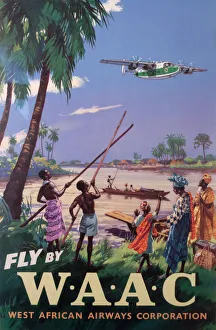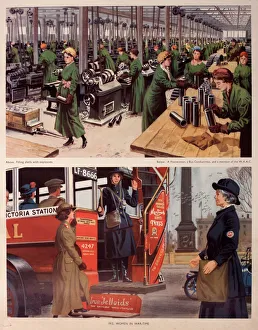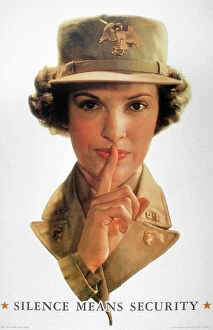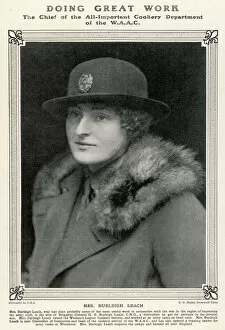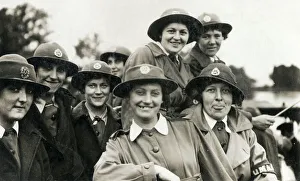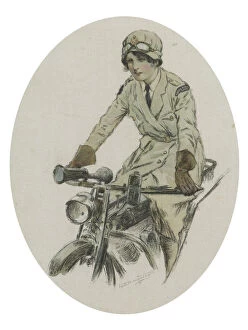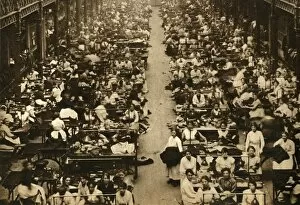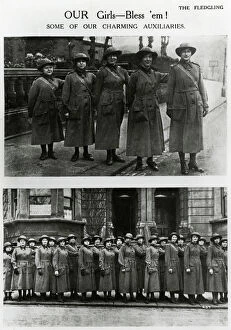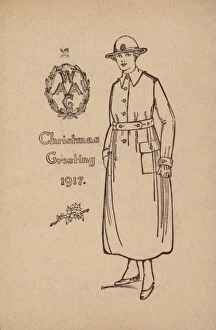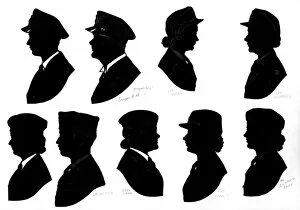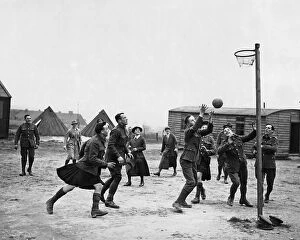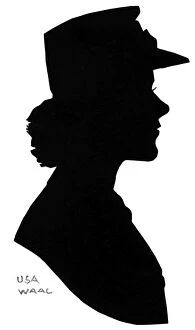Waac Collection
"Breaking Barriers: Women's Contributions in Times of War" From the early days of World War I to the tumultuous years of World War II
All Professionally Made to Order for Quick Shipping
"Breaking Barriers: Women's Contributions in Times of War" From the early days of World War I to the tumultuous years of World War II, women have played a crucial role in shaping history. Recruitment posters for organizations like the WaC and WRNS showcased their determination and resilience. These powerful images depicted women holding up not just symbols of strength like the R101 airship but also their unwavering spirit. During World War II, American women were called upon to join the U. S. Army's Women's Army Auxiliary Corps (WaC). The iconic poster "This Is My War Too. " exemplified their patriotism and willingness to serve alongside men on the front lines. Meanwhile, across continents, West African Airways sought to empower women through an advertisement that encouraged them to take flight both literally and metaphorically. This campaign challenged societal norms by promoting female independence and adventure. Looking back at history, we find another recruitment poster from WWI showcasing the bravery of women during times of conflict. The Waac Poster/Wwi captured their dedication as they worked tirelessly behind-the-scenes supporting troops on all fronts. Silence meant security during WWII, as emphasized by an American propaganda poster featuring a vigilant WaC member warning against careless talk. Their vigilance was vital in protecting military secrets from falling into enemy hands. One remarkable woman who stood out amidst this era was Dame Florence Simpson - her contributions were immeasurable as she led efforts in mobilizing British forces during WWI. Her leadership inspired countless others to follow suit. Even before these global conflicts erupted, women made significant strides towards equality. A British Military Recruitment Poster from WWI highlighted their pivotal role in various sectors such as nursing or transportation - proving that they were indispensable assets on every battlefield. Beyond wartime efforts, advertisements like Willys Overland car advertisement from 1917 showcased how even industries recognized and embraced female empowerment - encouraging them to break free from traditional roles with newfound mobility.


